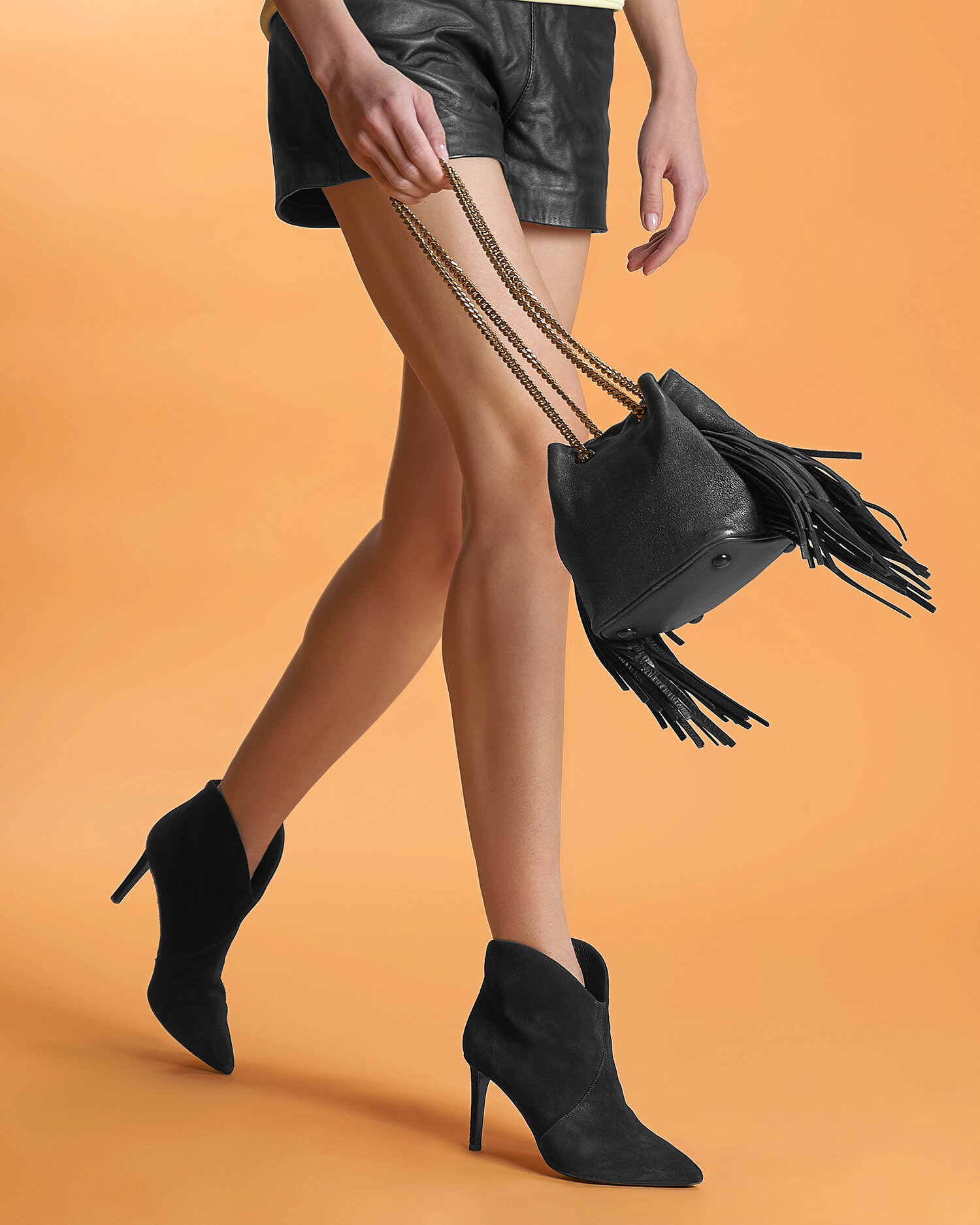Why "Good Enough" Won’t Suffice For Your Digital Content
The digital transformation has allowed companies to supply instantaneous communication, seamless cross-channel support, and unique customer journeys. On top of that, innovative forms of marketing have elevated digital content to a whole new level. Why, then, are some marketers still missing the mark?
Maintaining brand consistency has become more complicated than ever before with the proliferation of new technologies, channels, and platforms. In addition, cutting-edge experiences like virtual reality and augmented reality don’t always promise quality products and services. But there’s one asset that does: exceptional visuals.
In fact, 58.7% of consumers say visuals like high-quality images and videos are the most impactful kind of brand engagement. The visuals you use are more than just decoration — they drive the user experience. Sometimes, reverting back to the basics isn’t such a bad idea.
Because committing to a robust digital content strategy is both time-consuming and expensive, it’s important to get it right the first time. In this article, we will discuss how elevating your visual content will allow you to step up your digital marketing strategy.
Find a Story That is Begging to be Shared
Visual storytelling is the cornerstone of modern marketing. It’s the reason Patagonia’s Instagram shows people scaling rocks and shredding waves rather than singular products propped up against a stark, white background.
On top of that, visuals transmit messages that words simply can’t. They transcend language barriers, spark visceral emotions, and add richness to digital storytelling. However, not all brand imagery adds to the user experience. It may simply exist to take up space, or in the worst case, confuse the user.
To capitalize the most off of visual storytelling, base your imagery on stories you want to share with your audience. People like to envision themselves in certain situations, which is how context-relevant imagery like Patagonia’s inspires a positive user experience. Not to mention, showcasing your product in various contexts allows consumers to envision the different ways they can use your product.
Build Associations
Consumers take mental notes when you create associations between your brand and certain attributes. These can be product-specific, like packaging, price, and appearance, or more general, like people, emotions, or activities. Brand associations are the reason Apple is equated to innovation, Nike to top athletes, and Dove to positive body image. It’s also why Tiffany & Co. has its very own trademarked color known as Tiffany Blue.
In 2018, the mega jewelry retailer’s creative team brought its springy branded color to a number of city staples, including the famous New York yellow cabs and the subway stairs. Documenting these efforts on social media inspired an Instagram scavenger hunt across the city, resulting in almost 480,000 Instagram photos shared to the hashtags #TiffanyTakeover and #TiffanyBlue.
This campaign is certainly a drastic example of how a brands can build associations, but no one will forget their signature blue color anytime soon. Whether the associations you build are with visual elements or not, you can still tastefully incorporate them into your visual identity.
Quality Imagery Isn’t What it Used to Be
Technically, most stock photos could qualify as “quality” imagery — but not in the way consumers expect these days. Stock images may reign with high-resolution specs and expensive props, but they’re usually not enough to differentiate a brand.
People expect more from a trusted brand than just picture-perfect images and high-quality products. They crave artful narratives and idea-driven content. As a marketer — especially in the e-commerce space — it’s your job to make your products speak for themselves. The tastier, flashier, and more attractive your products look to shoppers, the more confident they will feel purchasing from you.
Luxury retailer Louis Vuitton has capitalized off of high-quality visual content. Ranked the second most influential fashion brand on social media by GQ, the retailer uses a healthy mix of product stills, catwalk videos, and influencer content to visually represent its brand. The average online visit to Louis Vuitton’s site lasts a stunning 4.32 minutes, the highest dwell time among other fashion brands including Dior, Chanel, and Dolce & Gabbana.
While their website predictably includes photos of models posing with the products in lifestyle and fashion vignettes, that’s not what differentiates them. Instead, it’s stunning, high-resolution product shots that accentuate the unique craftsmanship of its luxury goods.
Be Careful not to Create Visual Overkill
Yes, high-quality visuals are vital in marketing, but that’s not to say that more imagery is always better. Putting too much of a focus on imagery in your designs may distract users from meaningful engagement with your content. Your visuals might make your content hard to read, or worse, overshadow your call-to-action buttons.
In order to combat visual overkill, your social media, website, and other marketing channels should follow a balanced approach. Images should exist to support your copy — not to obscure important content.
Conclusion
Content is king when it comes to marketing, but strong visuals are the real powerhouse in capturing consumers’ dwindling attention spans. And believe it or not, your visual content can actually drive a profit. To benefit the most from your visuals, make sure they are high-quality, create unique associations, and differentiate your brand from others in your industry.



